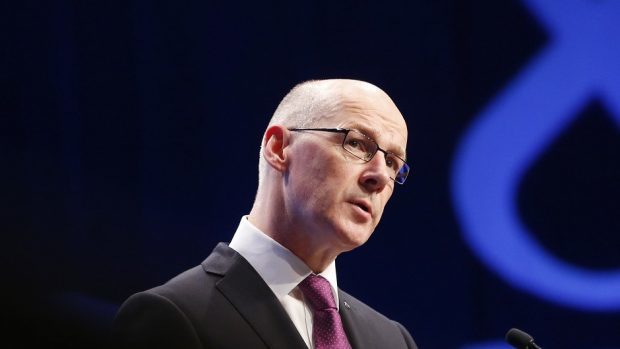“It’s the economy, stupid” must be one of the most well-worn cliches of politics.
But there is little evidence that its original author, James Carville, realised he was creating the primary political bon mot of the late 20th century.
Indeed, the phrase was actually one of three that he hung in Bill Clinton’s Little Rock campaign headquarters, to remind staffers of the key election issues.
The remaining two – “Change vs. more of the same” and “Don’t forget health care” – have failed to extend their longevity in political discourse.
But not so for Mr Swinney. No, the finance secretary has delivered a budget that is very much more of the same.
The same investment, the same cuts, the same tax rates. Even the much trumpeted announcement on the Haudagain roundabout, such as it was, was only confirming work that was already scheduled to happen.
In fact, there was actually very little in it apart from the inevitable commitment to protect the NHS. Mr Swinney, of course, had not forgotten health care.
But the big beast of any budget – the economy, stupid – was notably absent.
There was naturally talk of growth, of jobs and of investment. But Mr Swinney doesn’t yet have the remit of powers to radically alter the economic trajectory of Scotland.
He can fiddle with it a bit, but, until this time next year, grand strategy’s to boost GDP north of the border remain academic – and it showed.
His mantra was more, “it’s Westminster, stupid”.
This, of course, created problems for Scottish Labour. Jackie Bailie, ever the competent performer, bid to brand Mr Swinney an austerity chancellor, who was racking up debt and damaging public services.
She sought, in short, to remind voters about the economy.
But that argument is difficult to deliver when Mr Swinney can dodge and dive behind constitutional issues.
Next year, if re-elected with more powers than ever, Mr Swinney will have to remember the economy, or look very stupid.
Until then, it is more of the same.
